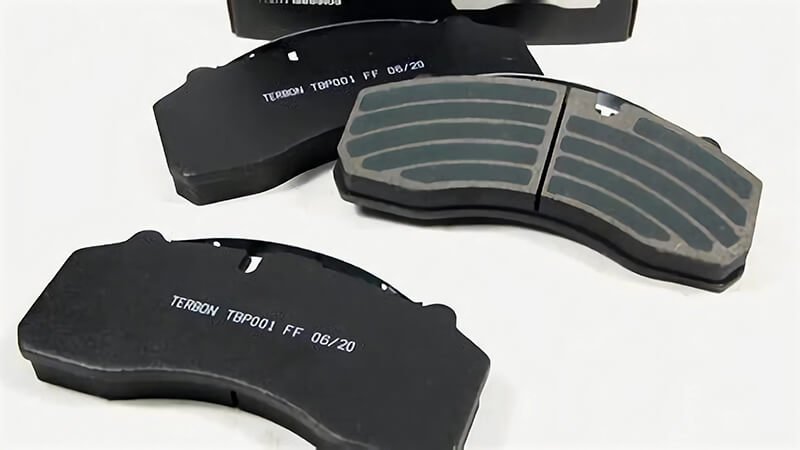I face this question a lot. The choice can look simple. The result can be costly. I explain the risk. I show the safe path. I keep it clear. I speak from tests and from client cases.
Hyundai’s OEM oil filters fit Hyundai engines best. Wix makes solid filters, but specs can differ. A mismatched bypass valve or media can change oil pressure, flow, and noise. For Hyundai engines, I use Hyundai OEM or a filter that matches OEM specs line by line.
I run Runex Auto. I produce oil filters and other parts. I supply wholesalers. I also test parts from other brands. I value fit, flow, and clean oil. I share what I know, in simple words, so you can choose with confidence.
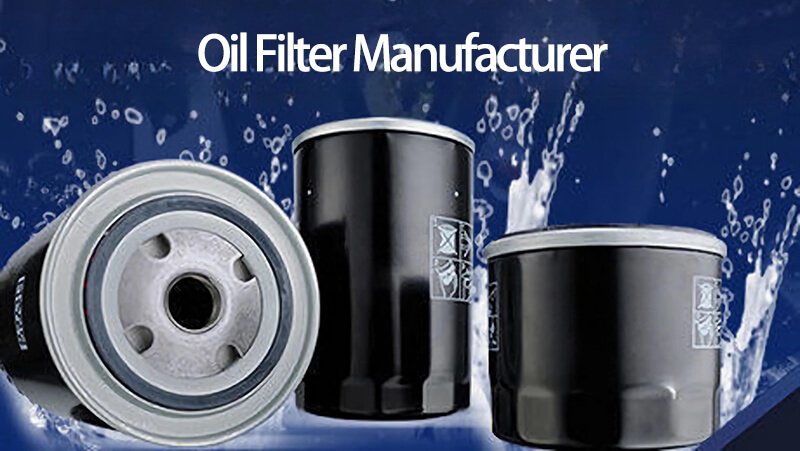
What brand oil filter does Hyundai use?
I see confusion here. People guess, and then they pick the wrong part. That hurts engines. The fix is simple. Use the same line that Hyundai designs for its engines. That keeps the engine safe. That keeps oil pressure stable.
Hyundai uses Hyundai Genuine Parts supplied via Hyundai Mobis. The filter design follows Hyundai engine specs. Approved suppliers produce them to OEM drawings and targets. Labels vary by region. The spec is the same. I match those specs at Runex Auto for our Hyundai-fit filters.
Dive deeper
Why OEM matters in practice
I test oil filters on a bench rig and on cars. The key is not only media quality. The key is the full system: baseplate flatness, gasket swell range, bypass valve rating, anti-drain-back valve (ADBV) material, and collapse strength. Hyundai engines rely on a set bypass opening pressure. If the bypass opens too soon, dirty oil flows. If it opens too late, oil starves the engine on cold starts. I see both cases when people use a filter that “fits” the thread and diameter but misses the spec by a small number.
I share one story. A client tried a Wix filter on a late-model Hyundai for cost savings. The engine had more noise during cold starts, and the oil pressure graph showed dips. We swapped to the OEM Hyundai filter1. The noise was gone. The pressure stabilized. The cost gap was not worth the risk.
At Runex Auto, I design Hyundai-fit filters to mirror OEM targets. I set:
- Bypass valve pressure to match the Hyundai range for the engine family.
- ADBV material to high-grade silicone for heat and low-temperature sealing.
- Filter media with high dust holding and stable efficiency across flow.
- Burst and collapse strength that exceeds OEM minimums.
OEM vs aftermarket fit check
| Feature | Hyundai OEM (Mobis) | Wix (varies by PN) | Runex Auto Hyundai-fit |
|---|---|---|---|
| Bypass pressure | Matches engine spec | May differ by 1–3 psi | Matches engine spec |
| ADBV material | Silicone on most | Nitrile or silicone | Silicone |
| Media efficiency | Tuned to engine | Good, but generic | Tuned to engine |
| Fit and gasket | Exact | Usually good | Exact |
| Warranty alignment | Full OEM | Brand warranty | Supplier warranty + data pack |
I trust OEM when the car is under warranty. I trust my own Runex filters2 when we mirror the spec and verify data. I always avoid “near fit” parts. The engine does not care about brand. It cares about spec.
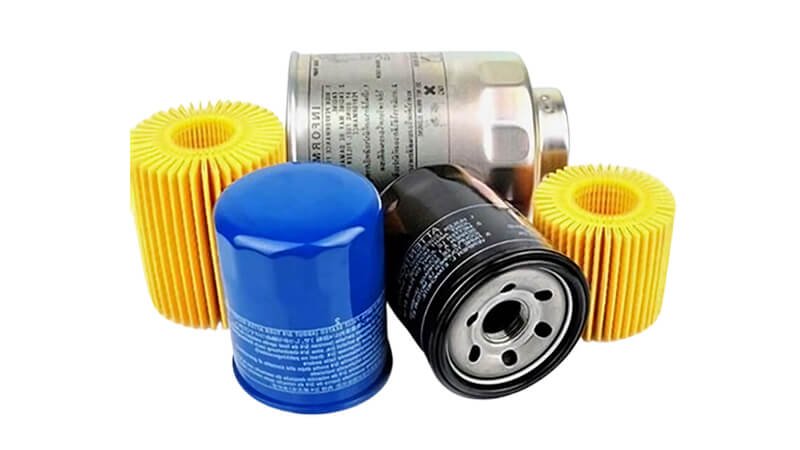
What are the top 5 best oil filters?
People ask for a simple list. I give one. I also add why I chose each. A list without context can mislead. I keep it honest. I focus on spec, not hype.
My top 5: Hyundai Genuine (Mobis) for Hyundai engines; Runex Auto Hyundai-spec filters; Wix XP for severe duty; Mann-Filter for strong European spec; Mahle for stable quality. Fit and spec must match the engine. The right spec beats any brand name.
Dive deeper
My pick logic
I rank filters by how well they hit the engine’s needs. I test pressure drop, efficiency, dust holding, ADBV seal at cold temps, and bypass repeatability. I also check real fit. I look at gasket compression load and baseplate flatness. I check lot consistency. One great batch is not enough. I need repeatable output.
The five and where they shine
-
Hyundai Genuine (Mobis)3: I use this for Hyundai and Kia vehicles still under warranty or where the owner wants the safest route. The parts match the engine spec. The bypass setting is right. The ADBV material is correct in most late models. It just works.
-
Runex Auto Hyundai-spec filters4: I design these to mirror OEM targets and then add margin on burst and collapse strength. I use silicone ADBV, multi-fiber media with high dust holding, and tight bypass calibration. I include test data sheets for bulk buyers. This helps procurement. It builds trust with their customers.
-
Wix XP5 (select applications): Wix XP uses a robust media for severe duty and extended change intervals when the engine and oil support it. I only use it if the bypass setting matches the Hyundai engine. If not, I do not use it. Good media cannot fix a wrong valve.
-
Mann-Filter6: Mann has strong control on paper media and high European spec coverage. I use it on European cars often. For Hyundai, I cross-check the spec first.
-
Mahle: Mahle offers consistent quality and broad coverage. The baseplate and gasket fit well. The media is stable. I still verify bypass numbers before I use it in a Hyundai.
Quick reference table
| Rank | Brand | Best Use Case | Key Strength | Key Watch-out |
|---|---|---|---|---|
| 1 | Hyundai Genuine (Mobis) | Hyundai under warranty | Exact spec | Cost can be higher |
| 2 | Runex Auto | Hyundai fleets and distributors | Spec match + data | Needs correct PN match |
| 3 | Wix XP | Severe duty, long drains | Strong media | Check bypass spec |
| 4 | Mann-Filter | Euro focus, quality | Consistency | Regional variants |
| 5 | Mahle | Broad OE heritage | Solid balance | Confirm valve setting |
I do not put marketing first. I put spec and data first. That is how engines stay healthy.
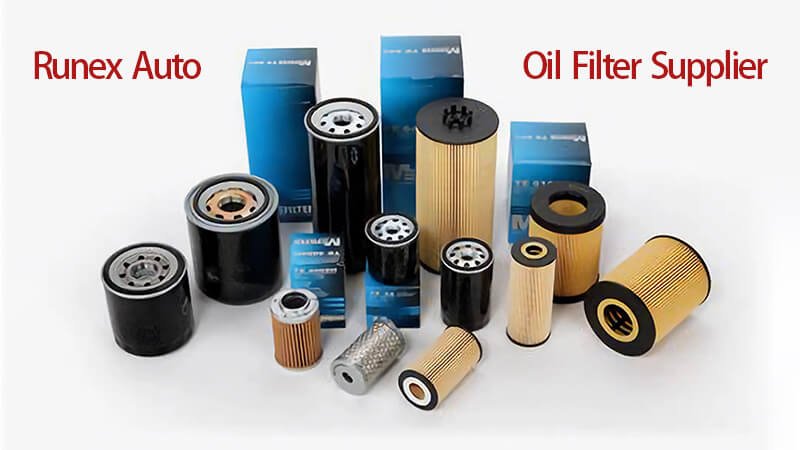
How long do Hyundai oil filters last?
This is not one number. Life depends on oil, driving, and temperature. Many people push intervals too far. That saves a small amount now. That can cost an engine later. I suggest a safe window.
Most Hyundai oil filters last 5,000–7,500 miles (8,000–12,000 km). Severe duty can be 3,750 miles. Some newer engines can go longer with full synthetic oil, but only if the filter and oil meet the spec. I stay conservative for engine health.
Dive deeper
What sets the real interval
- Oil type: Full synthetic holds viscosity and additives longer. Conventional oil degrades faster. This changes the load on the filter.
- Driving cycle7: Short trips cause fuel dilution and moisture. That loads the media faster. Highway miles are easier on oil and filter.
- Dust level: Dusty roads or construction zones push more particles into the intake. The PCV and blow-by send some to the oil. The filter must catch it.
- Engine condition8: Worn engines shed more wear metals. That fills the media. Newer engines with tight seals create less debris.
I test filters with ISO 4548-12 methods and with real-car oil analysis. I look at delta pressure across the filter over time. When I see rising restriction, I know the filter is reaching capacity. I also monitor soot and insolubles in used oil.
My rule of thumb for Hyundai engines
- Normal use, modern engine, synthetic oil: 6,000–7,500 miles.
- Severe duty (short trips, high heat, towing, dust): 3,000–5,000 miles.
- Older engines with wear: Stay on the low side. Watch oil pressure behavior. Listen for startup noise.
Why not push longer
A filter that looks clean outside can be full inside. The media loads unevenly. Cold starts need fast flow and a sealed ADBV. Old filters can allow drain-back. That causes rattle on start. I have seen this many times.
Interval table
| Use Case | Oil Type | Suggested Interval | Notes |
|---|---|---|---|
| Normal city + highway | Full synthetic | 6,000–7,500 mi | Safe and simple |
| Severe short trips | Full synthetic | 3,000–5,000 mi | Moisture and fuel load media |
| Dusty roads | Full synthetic | 4,000–6,000 mi | High particle load |
| Conventional oil | Conventional | 3,000–4,000 mi | Oil degrades faster |
I avoid one-size-fits-all claims. I use data. I play it safe because I pay for engines when tests go wrong.

What filter does Hyundai use?
People ask this twice in different words. The answer is the same. Still, I add detail here. The label is one part. The spec is the real part.
Hyundai uses Hyundai Genuine oil filters distributed by Hyundai Mobis. The exact part number depends on the engine code. The key is to match thread, gasket, height, and bypass pressure. I match those specs in Runex Auto Hyundai-fit filters and provide test data for proof.
Dive deeper
The four specs I never ignore
-
Thread and sealing interface: A filter can screw on and still be wrong. The gasket land can be a different width. That can cause leaks under heat cycles. I measure the sealing diameter and required torque.
-
Bypass valve setting9: Every engine family has a target. If the filter opens too soon, dirty oil bypasses the media. If it opens too late, the engine starves on high load or cold starts. I calibrate the spring and verify on a flow bench.
-
ADBV material10: I use silicone for stability in heat and cold. Nitrile can harden faster. Hyundai engines often sit overnight in cold climates. ADBV seal quality matters for startup noise.
-
Media efficiency and capacity: I target a balance. Very tight media can cause pressure drop at high flow. Very loose media lets too much pass. I size the area and choose a multi-fiber blend to hold more without early restriction.
How I cross-match at Runex Auto
When a distributor asks for a Hyundai filter, I do not rely on a generic cross. I pull the engine code and region. I check the Hyundai part family. I compare baseplate pattern, gasket height, anti-drain-back valve geometry, and bypass spring rate. I send a data summary so their team can review it. This helps the procurement manager explain the choice to their sales network.
Proof over promises
| Spec | OEM Target | Runex Auto Control | Test Method |
|---|---|---|---|
| Bypass opening | Engine-specific | ±0.5 psi | Bench flow curve |
| ADBV leakage | Near zero | Near zero at -10 C | Cold soak pressure test |
| Collapse strength | OEM min | > OEM min by 15% | Hydrostatic burst |
| Efficiency | OEM band | Within band | ISO 4548-12 |
I sell peace of mind, not just a can with threads. That is how I keep customers.

Which engine oil is best for a Hyundai Sonata??
This is a sensitive topic. Many owners copy a friend’s oil weight. That can be wrong. I follow the manual. I look at climate and driving. I keep it simple and safe.
The best oil for a Hyundai Sonata is the grade and spec in the owner’s manual, usually 0W-20 or 5W-20 for newer models, sometimes 5W-30 for others. Use API SP or ILSAC GF-6 (or ACEA equivalent) full synthetic. Pair it with an OEM-spec filter.
Dive deeper
Pick the right viscosity
I match viscosity to the engine design and local climate. Newer Sonata engines often prefer 0W-20 or 5W-20 to reduce friction and help cold starts. Some older or high-mileage engines do better on 5W-30. The wrong oil can raise wear or hurt fuel economy. The right oil supports the timing system and keeps lifters quiet.
Choose the right spec
I look for API SP or ILSAC GF-6. These specs improve deposit control, chain wear protection, and LSPI prevention for turbo models. In Europe, I use the ACEA spec that matches the engine. I avoid unverified blends. I prefer full synthetic for stable viscosity and better oxidation resistance.
Oil and filter work together
Even the best oil needs a filter that holds debris and keeps flow stable. I pair full synthetic oil with a Hyundai OEM filter or a Runex Auto filter that matches the Hyundai spec. I test pressure drop across the filter with the chosen oil. I listen for startup noise. I check for any drop in hot idle pressure.
My field case
A fleet in a cold region used 5W-30 with a generic filter on Sonata models. The cars had cold start rattle. We changed to 0W-20 full synthetic with a Runex Auto Hyundai-spec filter. Noise stopped. Fuel economy improved slightly. Oil analysis showed lower wear metals after two cycles.
Sonata quick guide
| Model Situation | Recommended Oil | Filter Choice | Notes |
|---|---|---|---|
| Newer Sonata (manual says 0W-20) | 0W-20 full synthetic, API SP/ILSAC GF-6 | Hyundai OEM or Runex spec | Best cold start protection |
| Mixed climate, manual allows 5W-20 | 5W-20 full synthetic | OEM or Runex spec | Balanced economy and wear |
| High mileage or light oil consumption | 5W-30 full synthetic (if manual permits) | OEM or Runex spec | Watch consumption |
| Turbo models | Manual-listed grade with API SP | OEM or Runex spec | LSPI protection is key |
I avoid trendy picks. I follow the manual and data. That keeps engines safe.
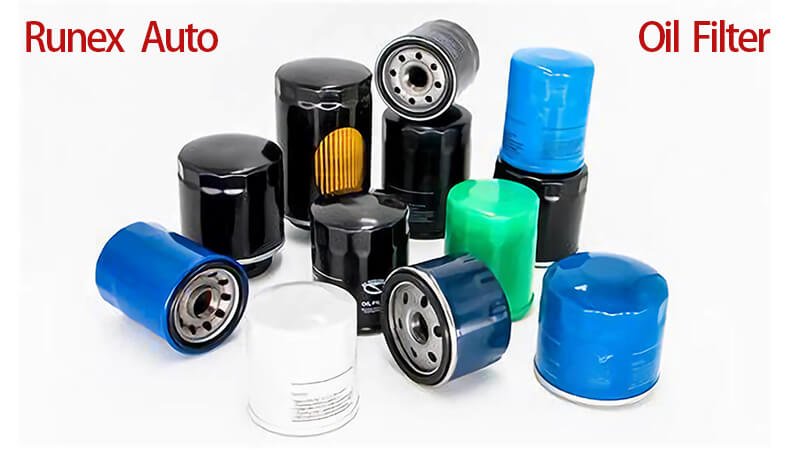
Conclusion
I choose filters11 by spec and proof. Hyundai engines work best with Hyundai OEM filters or a filter that mirrors OEM specs. Wix makes good parts, but small spec gaps can change oil behavior. I pair the right oil grade and API spec with a proper filter. I test, I listen, and I stay conservative. That is how engines last.
-
OEM Hyundai filters are designed specifically for your engine, ensuring reliability and performance that aftermarket options may lack. ↩
-
Discover why Runex filters are designed to match OEM specifications, ensuring optimal engine performance and reliability for Hyundai vehicles. ↩
-
Explore the advantages of using Hyundai Genuine filters for optimal engine performance and warranty protection. ↩
-
Discover how Runex Auto filters provide OEM-level performance with added benefits for fleet management. ↩
-
Learn about Wix XP filters' robust design and their effectiveness in severe conditions for extended engine life. ↩
-
Find out why Mann-Filter is a trusted choice for European vehicles and how it ensures quality and consistency. ↩
-
Understanding how driving cycles affect oil can help you optimize maintenance and prolong engine life. ↩
-
Learn how engine wear influences filter efficiency to ensure your vehicle runs smoothly and efficiently. ↩
-
Understanding bypass valve settings can enhance your knowledge of engine performance and filter efficiency. ↩
-
Exploring ADBV materials can help you choose better filters for your vehicle, ensuring optimal performance. ↩
-
Finding the best auto oil filters from Runex Auto, ↩










